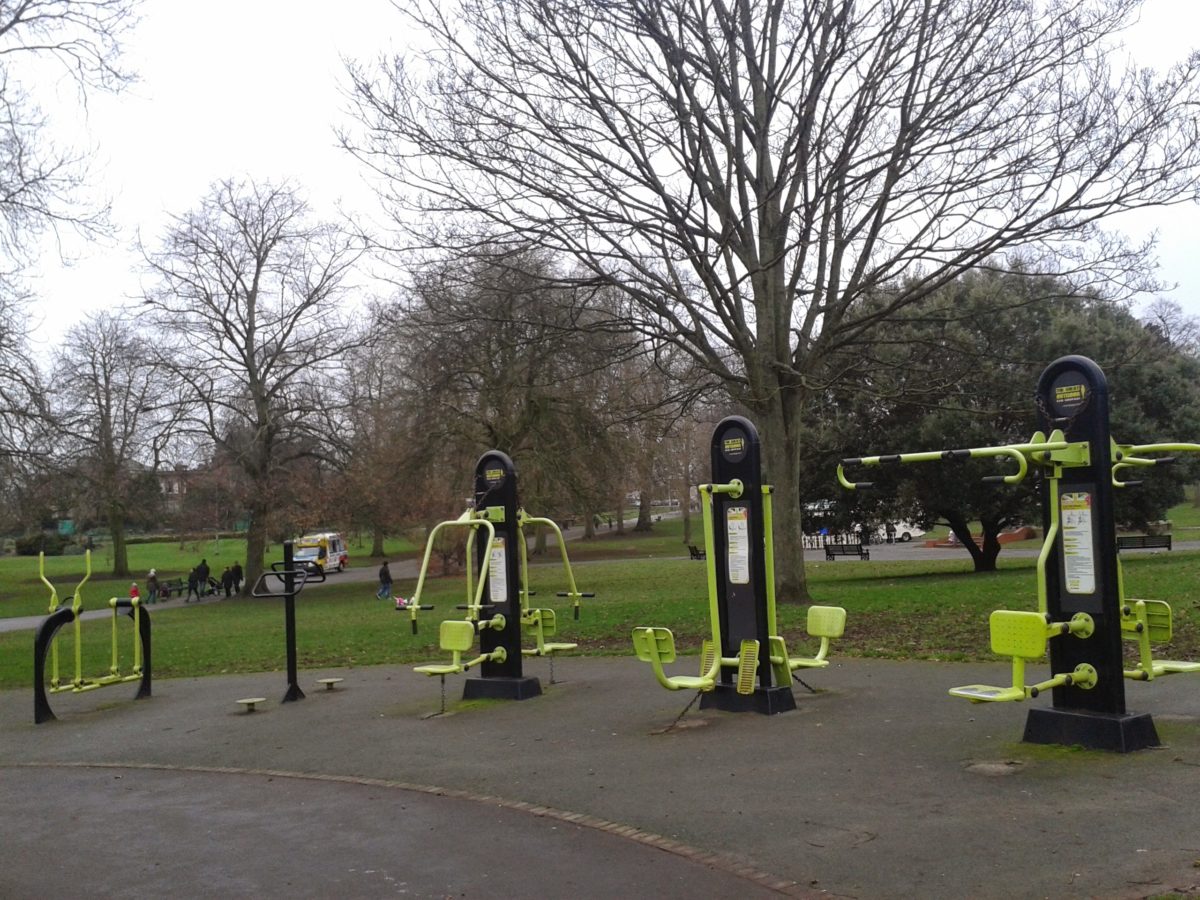How can we encourage use of the outdoors?
By Hannah Roberts (@hannah_eroberts) - University of Leeds

Spending time outdoors in green spaces is beneficial for our physical and mental health and well-being. Research shows green space can encourage physical activity, improve air quality, reduce stress and facilitate social interaction within the local community.
Understanding what can be done to encourage people to use of outdoor spaces is therefore vital for urban planners and health professionals in order to maximise the potential for health benefits. Our new paper examined which behaviour change techniques to encourage green space use have been employed in previous studies and how effective these have been.
Fifteen studies were identified in total, with study locations in the US, the UK and Australia. Studies were coded using the Behaviour Change Technique Taxonomy v1.
This taxonomy, devised by Susan Michie and others, is widely used in behaviour change research to classify interventions. This study looked only for environmental interventions, i.e. when the natural or built environment was altered in some way, and looked at the component techniques.

Eleven of the fifteen studies identified saw an increase in use following the delivery of the intervention, translating to 101 of 136 intervention study sites. This is limited, but promising for future work.
Popular techniques that were employed were “adding objects to the environment” and “restructuring the physical environment” - essentially the intervention added to or modified the physical environment in some way so as to facilitate performance of the wanted behaviour. In this instance this typically referred to adding to or updating play equipment or other recreational facilities.
Other popular techniques were “restructuring the social environment” and “demonstration of the behaviour”. Restructuring the “social environment” was coded when the social environment was altered, e.g. outreach events or inclusion of residents in the intervention design. “Demonstration of the behaviour” is where an observable demonstration of the behaviour is provided, and so a new or updated activity program was coded with this.

Most interventions comprised multiple behaviour change techniques, making it difficult to isolate their effectiveness - it may be one technique affecting use or a combination. This limits the ability to make specific recommendations for interventions. The quality of evidence was generally poor, with a number of biases present in the research including reporting bias, lack of blinding and lack of allocation concealment. This is difficult to achieve in natural experiments, and so it is recommended that future studies are transparent as possible and make use of current standardised reporting guidelines.
More rigorous evaluations of green space interventions are needed, coupled with full descriptions of intervention content, to allow for replication.
Read the new study here, or find out more about the impacts of urban green spaces here.
